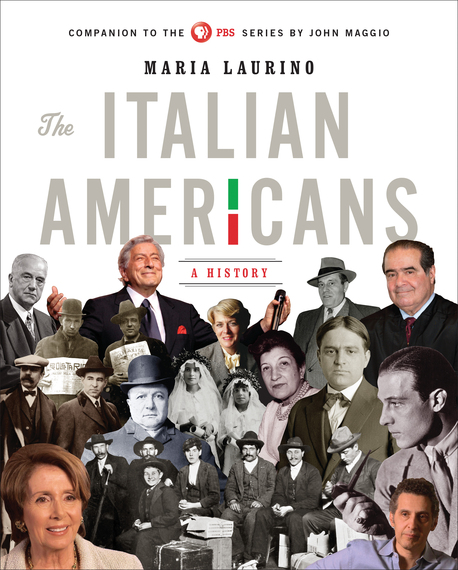A little over a century ago, two southern Italian men, like thousands of their impoverished brethren, moved to the Boston area to work as shoemakers, settling in the then-leather capital of the New World. One was trained in the art of handcrafting leather in Italy; the other learned the piecemeal production-line technique of edge trimming. Both reacted similarly to the dehumanizing conditions of the early 20th century factory: They were appalled, their spirits crushed.
One channeled his passion and his disillusionment into becoming a famous designer; the other became an infamous anarchist.
"This was not shoemaking," one wrote. "This was an inferno, a bedlam of rattles and clatters and whizzing machines and hurrying, scurrying people." The other lamented New England factory life to his daughter: "the nightmare of the lower classes saddened very badly your father's soul."
The shoemaker describing the inferno-like conditions was Salvatore Ferragamo, who wrote about his memories decades later in his book Shoemaker of Dreams; the other, Nicola Sacco, was writing to his daughter from his prison cell.
The plight of struggling workers would lead Sacco, along with Bartolemeo Vanzetti, to join an anarchist group whose violent vision called for targeted bombings of capitalists. The plight of factory conditions would lead Salvatore Ferragamo to head west after just one week in Boston, joining his siblings who had settled in Santa Barbara, California.
One of Ferragamo's brothers, a tailor for the American Film Company, suggested that the nascent studio might need a shoemaker's skills. The idea proved ingenious, and soon Salvatore was carving leather for cowboy boots for Douglas Fairbanks and fitting delicate pumps for Lottie Pickford. By the 1920s, he moved to Los Angeles, where he received his largest commission, designing the shoe wardrobe for Cecil B. DeMille's mammoth production The Ten Commandments. He then set off on designing his own shoes for Hollywood stars and would soon become one of the leading purveyors of luxury goods in the world.
While the lives of two southern Italian immigrants, luxury shoe designer Salvatore Ferragamo and shoemaker-turned-anarchist Nicola Sacco are not usually interlaced, they present an interesting parallel. If Ferragamo possessed the ingenuity needed to escape soul-crushing factory conditions, Sacco revealed the fury bred when wide-scale industrialization didn't match his utopian New World vision. Ferragamo headed west to California and found the freedom to create; a few years later Sacco headed west to Mexico to be radicalized at an anarchist camp.
Nicola Sacco would eventually return to Massachusetts and continue to advocate the radical beliefs of Italian anarchist Luigi Galleani, who had urged his followers to go to Mexico to prepare for the revolution he believed would spread from Russia to Europe. Galleani also convinced his supporters that bombings and assassinations were justified because the victims were capitalists and government officials. 
In 1927, Salvatore Ferragamo returned to Italy permanently to perfect and grow his business. Unable to meet the increasing demand for his coveted handmade shoes, he needed the help of skilled craftsmen in Florence.
In 1927, Sacco's American journey would end in the electric chair, as would Vanzetti's, the two convicted of a robbery and murder that many believed they did not commit.
But this story is not just about two men. It is about what their lives represented to the wider world.
Unfortunately for the larger Italian-American population, it was the narrative of Sacco and Vanzetti, not Ferragamo, that national leaders chose to use as a chilling example of how immigrants were damaging the American way of life. To the clubby New England establishment of judges, university presidents, and politicians, Sacco and Vanzetti were not outliers but representatives of a people who didn't share Anglo-Saxon values. Their lengthy trial played into nativist prejudices and contributed to the passage of the 1924 Johnson-Reed Act, which severely restricted southern and eastern Europeans from entering the country.
It would take several more decades for Ferragamo to achieve worldwide success. Today he symbolizes the immigrants' dream of American opportunity - one that propelled a cobbler, who once pounded leather in a tiny stone room in southern Italy, to establish an internationally recognized brand of goods.
As Europe and America are once again rattled with fear that disenfranchised immigrants and war-ravaged refugees will turn into radical jihadists, and two-thirds of Republican voters in New Hampshire say they support a ban on Muslims entering the country, let's not make the same mistake of tarnishing an entire group for the beliefs of the few.
A version of this article originally appeared in the Daily News.
